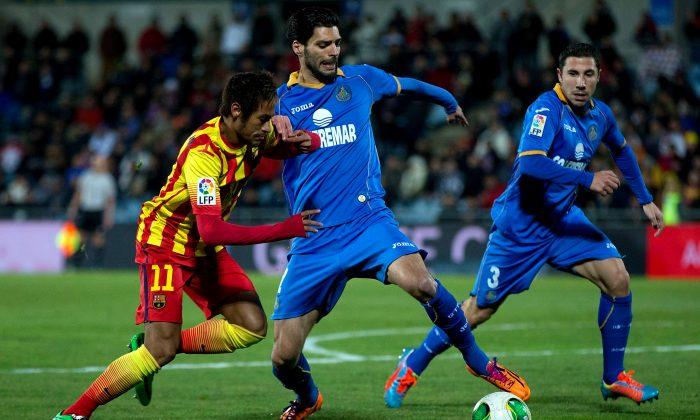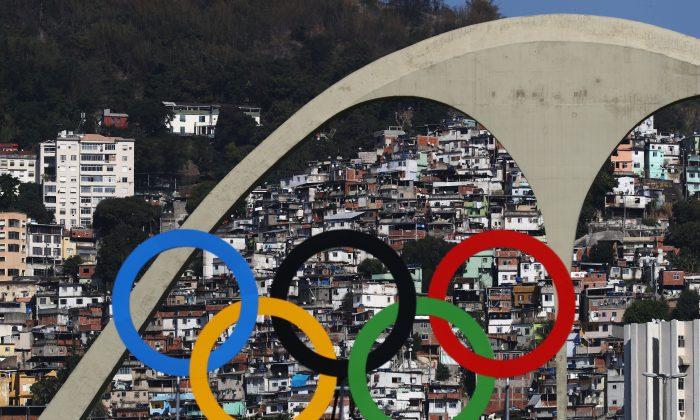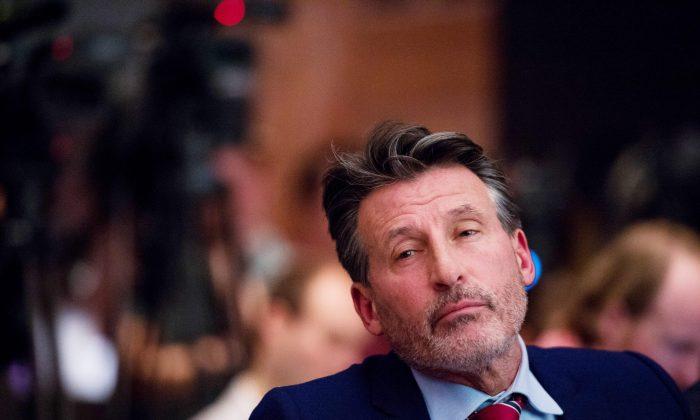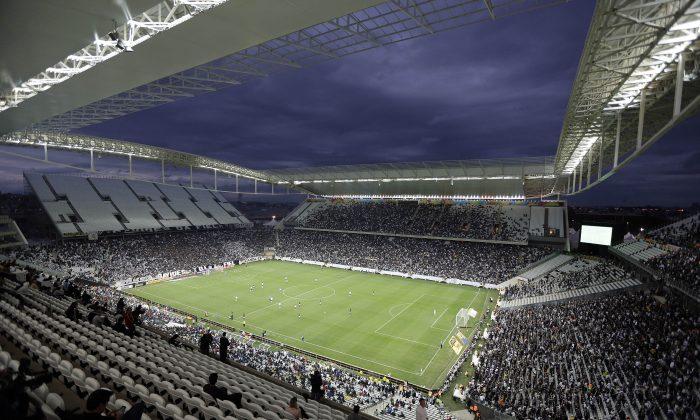When Neymar scored for FC Barcelona against Villareal in a recent Spanish La Liga game, it was a momentous occasion. As the Brazilian international turned to celebrate, he pulled up his shirt to reveal Intel’s logo on its inside. This was the first time during a game that the world had seen evidence of Barca’s recently signed $25 million sponsorship deal with the American tech corporation.
Given that 100 million people or more are likely to have seen the logo, this was an immediate return on investment for Intel who are one of several tech giants recently taking an interest in sport. Last July, the NFL’s Dallas Cowboys signed a $20 million stadium naming rights deal with AT&T. The previous month, Yahoo reached an agreement with the San Francisco 49ers to become “the exclusive online sports content, social networking and photo and video sharing partner” of the American football team’s new stadium.
One view of such deals is that they are simply “of their age,” just as tobacco in the 1970s, alcohol in the 1980s, financial services in the 1990s and online gambling in the 2000s sought out sponsorship opportunities in sport. Now in the second decade of the 21st century, Intel’s deal with Barca could merely be seen as an obvious relationship between two global brands, both seeking to build profile, presence and market share.
However, there is something rather different about the Intel/Barca deal. Whereas sports sponsorship used to be about a sticker on a car or a name on a shirt, industry professionals now talk about relationships, strategic alliances and partnerships. Moreover, outcomes are now couched not just in financial terms alone, but also in terms of competence building and “win-win” scenarios.
And this is where the real, fundamental point of interest lies in the Intel/Barca deal: whether we realise it or not, we are now living in the midst of a new industrial revolution.
Internet of Things
At the heart of this revolution is the internet of things, the process of connecting everyday objects to the internet. These objects can indeed be any “thing”, from a fridge to an elevator, a pint of milk to a pair of shoes.
So what of Neymar, Messi, Xavi, Iniesta and Barca’s flow of goals? The internet of things surely has something to tell us about Intel’s sudden interest in Spanish football.
As a fan, have you ever wondered how many kilometres a player like Neymar runs during a game? How often do you think he kicks with his left foot or his right foot? How many calories does he burn?
As a kit manufacturer like Nike, as Neymar turns and stretches, how does his shirt pull and twist? Could his shirt be designed and made in a way that helps Neymar play better? And if there is a fault in his shirt, could there be some form of early warning about the fragility of the garment?
And here’s the key: imagine Intel working with Barca and Nike to create a shirt that incorporates smart technology. This shirt could then continuously broadcast real-time data—calories burned, for example—which are then transmitted directly to the handsets of fans sat at the Nou Camp watching a game. The potential goes way beyond this though—for instance, imagine the day when a shirt is able to carry a camera broadcasting live footage as Neymar sticks a winner in the net.
At the same time, additional data could be transmitted to Nike technicians sat back at headquarters in Oregon, who can use it as the basis for modifying kit and designing better equipment. Meanwhile, for the Barca performance analysts sitting pitch-side, the “smart shirts” could generate a constant flow of data helping them identify player strengths, weaknesses and areas for improvement.
Perhaps Neymar’s boots might also carry smart technology, and the performance analysts can change their set-up during the game by electronically sending instructions back to the boots (something the fans might also be able to access on their handsets).
This is the internet of things in action, and this would seem to be the real essence of recent deals signed by Intel, Yahoo, AT&T and the rest. By 2020, it is estimated that there will be 30 billion connected devices in the world. Some even believe the number could be far higher.
Competing off the Pitch
For Barca, “Intel Inside” puts them at the forefront of a new age in which the data generated by shirts, shorts, boots, the seats fans sit on, the drinks machines used at half-time, the turnstiles people pass through and so forth are all linked through the internet of things.
Understanding and responding to this deluge of data will be key. Just as in other sectors of business, sports teams that don’t pay attention to this development will fall behind their rivals.
Competitive advantage in this new age will be secured by catering to the individual needs of every person sat in a stadium; by attaining levels of player and equipment performance achieved through the generation and understanding of ever more sophisticated streams of data; and by allowing all stakeholders to engage and interact with players, teams and games in a way that enables them to simultaneously fulfil a whole range of needs and wants.
So, keep in mind that the next time you watch a game on television and a cliché-prone commentator exclaims “the defenders really are making Neymar sweat”, thanks to Intel and others it could well be that we can check on our handsets the extent to which this is actually the case.
Simon Chadwick is a “Class of 92” professor of sports enterprise at the University of Salford in the U.K. This article was originally published on The Conversation.





Friends Read Free